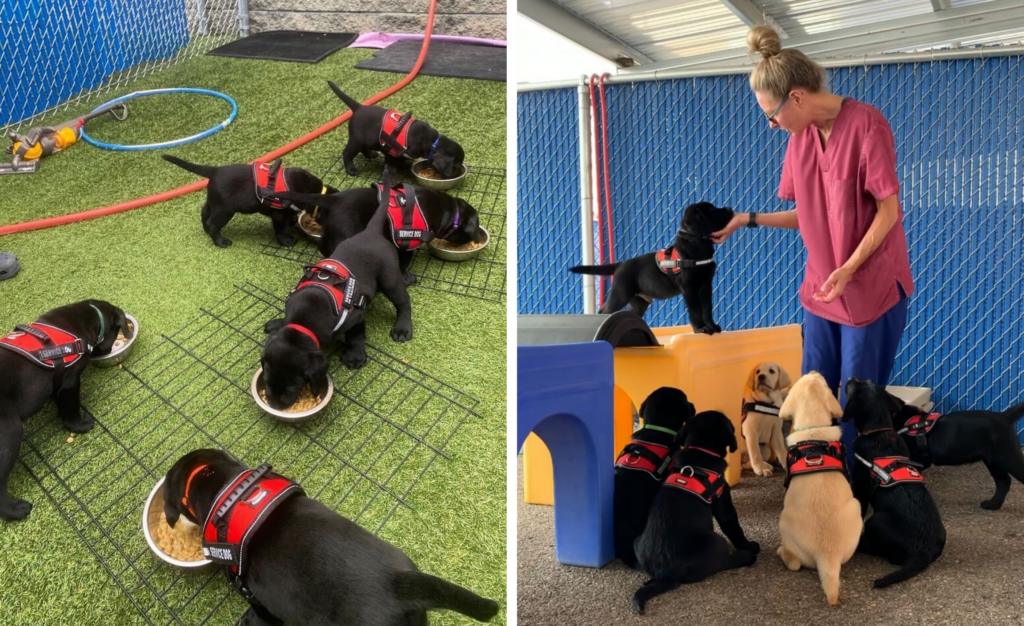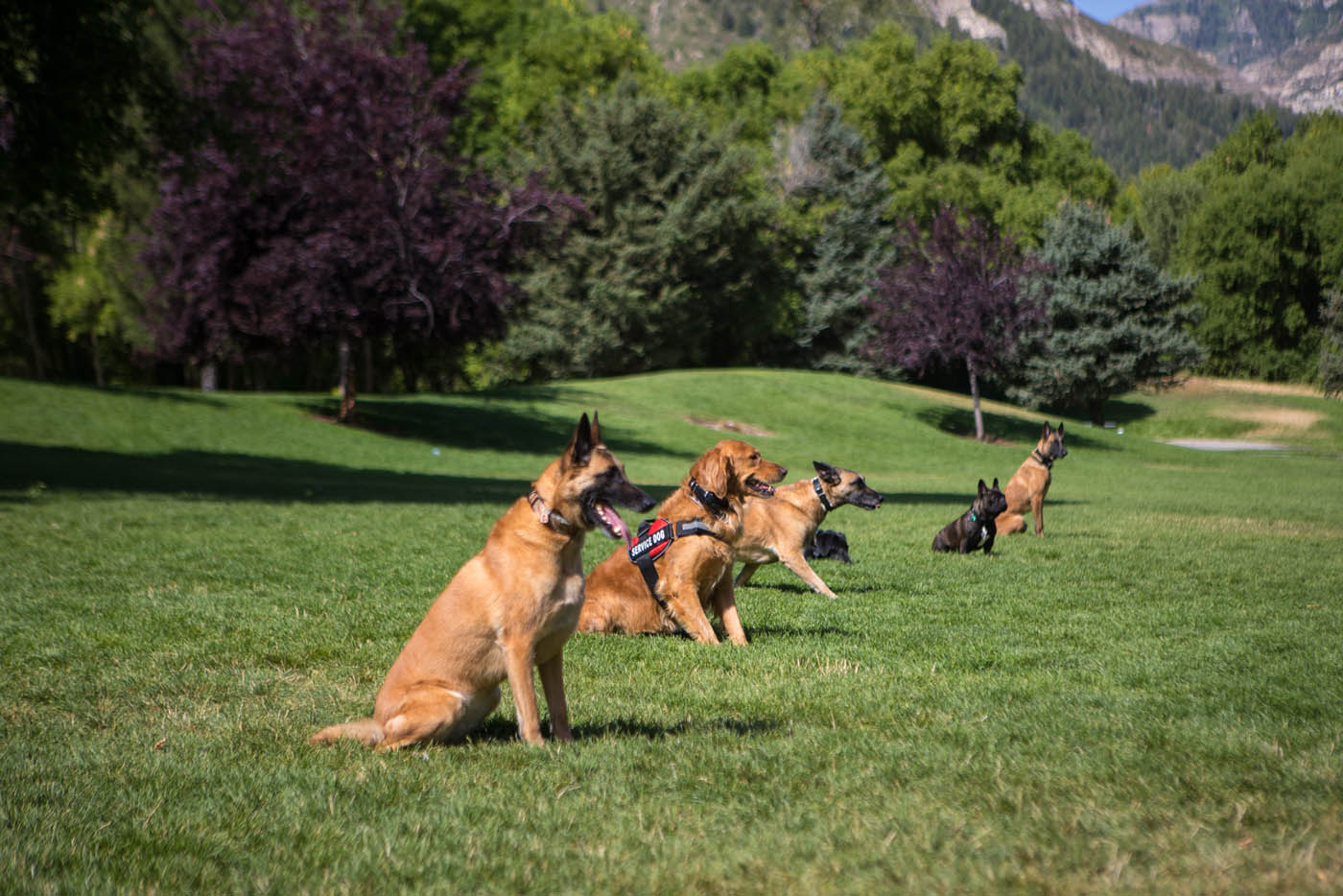Transform Your Dog's Behavior with These Proven Dog Training Methods
Newbie's Guide to Successful Pet Training at Home
Efficiently training a pet at home requires a nuanced understanding of canine habits and effective communication strategies. Establishing clear training goals, using top notch rewards, and keeping uniformity throughout family participants are essential aspects. Integrating training into daily regimens can improve both involvement and retention.
Comprehending Pet Behavior
Understanding dog habits is necessary for reliable training and fostering a harmonious partnership in between human beings and their canine friends. Dogs interact primarily with body movement, articulations, and facial expressions, making it critical for owners to analyze these signals accurately. Recognizing actions such as tail wagging, growling, or cowering can offer insights right into a pet dog's mood and objectives.

Common behavioral issues, such as hostility, anxiousness, or excessive barking, usually come from misconceptions or unmet requirements. Observing and resolving these concerns quickly can prevent escalation and ensure a positive training experience. By fostering a deep understanding of dog actions, owners can tailor their training approaches to fit their canine buddies, ultimately leading to a happy and well-behaved family pet.
Vital Educating Tools
A well-equipped training space can significantly enhance the effectiveness of pet dog training in the house. Important training tools guarantee that both the instructor and the pet dog can involve in effective sessions that foster learning and bonding.

Purchasing a tough chain and a comfy, well-fitting collar or harness is important for security and control. These devices assist develop borders and make sure the canine remains secure throughout training. Furthermore, an assigned training area, cost-free from diversions, aids focus for both the dog and the fitness instructor.
Educating aids such as training pads, cones, or dexterity equipment can also improve the experience by introducing range and difficulties. Having a note pad or digital application for tracking development can be important, permitting you to note successes and areas for renovation. Making use of these important devices will certainly create a positive training atmosphere and lay the structure for effective knowing.
Producing an Educating Regimen
Establishing a regular training routine is important for efficient canine training in the house. A well-structured regular not only assists in reinforcing desired habits yet also offers your pet dog with a feeling of protection and predictability. To create an effective training routine, begin by identifying particular training goals, such as fundamental commands, chain strolling, or house-breaking.
Select an assigned time every day for training sessions, ideally when your canine is sharp and responsive. Procedure needs to be brief, about 5 to 15 mins, to preserve emphasis and stop fatigue. Consistency in timing and atmosphere will certainly boost your canine's understanding experience.
Integrate training into everyday tasks to strengthen skills. For example, technique commands throughout walks or nourishment, which incorporates finding out into natural regimens. Furthermore, remain versatile and change the routine as essential, fitting your dog's energy degrees and state of mind.
Positive Support Methods
Favorable support methods are fundamental to effective pet training, advertising desired behaviors through benefits instead of punishment. This method utilizes positive stimulations, such as treats, praise, or playtime, to urge pets to repeat certain activities. The keystone of this strategy is timing; incentives need to be offered quickly complying with the desired behavior to produce a clear organization.
When carrying out positive reinforcement, it is vital to pick incentives that are encouraging for your canine. High-value treats, such as tiny pieces of poultry or cheese, can be specifically effective throughout training sessions. In addition, differing the rewards can maintain your pet dog's interest and excitement.
Beginning with easy commands, like "sit" or "remain," and slowly progress to extra intricate tasks. Uniformity is key; make certain that all relative helpful hints make use of the exact click this site same commands and benefit systems to avoid complication.
In addition, it is important to continue to be patient and prevent aggravation. Pet dogs, like people, discover at their own pace. By promoting a helpful training atmosphere through favorable reinforcement, you can enhance your pet's learning experience while enhancing the bond between you and your fuzzy buddy, preparing for successful training end results.
Common Training Challenges
While educating a dog in your home can be a gratifying experience, it usually includes a set of usual obstacles that can examine both patience and consistency. One prevalent concern is distraction. Pets may end up being easily sidetracked by sounds, activities, and even aromas in their environment, making it tough to keep their focus during training sessions.
Another obstacle is incongruity in commands and reinforcement. It can hinder and perplex the pet progress if household participants use different signs or rewards. Establishing a unified technique is essential for efficient communication.
Furthermore, canines can experience disappointment or stress, especially if they do not comprehend what is anticipated of them. This can result in unfavorable behaviors, such as barking or eating.
Lastly, the timing of reinforcement is vital (Dog training). Postponed benefits can lessen the effectiveness of favorable reinforcement, as pet dogs might stop working to site link the actions with the incentive
Conquering these obstacles calls for commitment, clear interaction, and a structured training plan. Identifying and resolving these typical barriers will lead the way for a much more effective and enjoyable training experience in your home.
Verdict
In verdict, successful canine training at home requires a thorough understanding of canine actions and efficient interaction strategies. By establishing clear training objectives and utilizing high-quality treats together with positive reinforcement, the training procedure comes to be more satisfying for both the instructor and the dog.
Developing a regular training routine is essential for efficient canine training at home.Positive reinforcement techniques are fundamental to effective dog training, advertising wanted habits with benefits rather than penalty (Dog training). By cultivating a helpful training setting with positive support, you can boost your pet dog's understanding experience while strengthening the bond in between you and your hairy buddy, laying the groundwork for effective training results
In conclusion, successful canine training at home necessitates a comprehensive understanding of canine actions and efficient interaction strategies. By developing clear training goals and utilizing top quality treats along with positive reinforcement, the training procedure ends up being more gratifying for both the dog and the trainer.